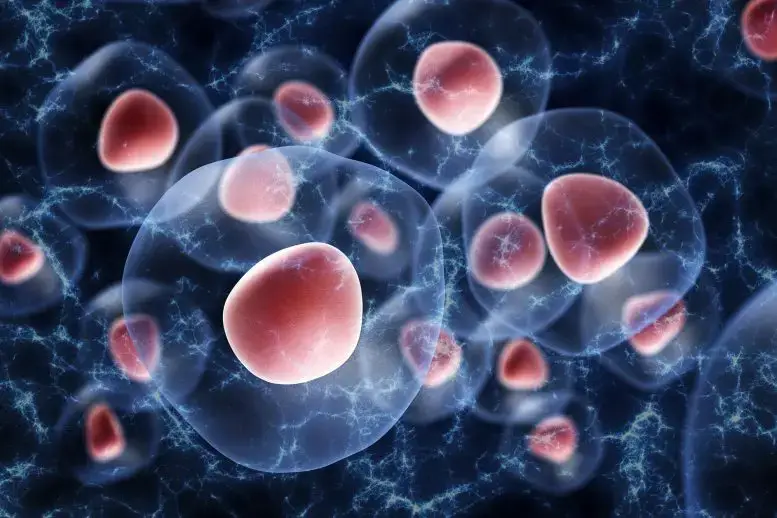The Spark Within: Previously Unknown Intracellular Electricity May Power Biology
The Spark Within: Previously Unknown Intracellular Electricity May Power Biology
In a groundbreaking study, researchers have uncovered electrical activity in biological condensates, cellular structures that were previously not known to harbor such activity. Traditionally, scientists believed that electrical imbalances, crucial for biological processes, could only exist across cellular membranes. However, this study, building on previous research that found such imbalances could occur between air and water microdroplets, reveals that similar electrical fields also exist within and around biological condensates. The researchers discovered that these imbalances could spark reactive oxygen or “redox” reactions. The finding not only challenges existing understanding of biological chemistry but could also provide insights into how the first life on Earth harnessed the energy necessary for its existence.
The human body relies heavily on electrical charges. Lightning-like pulses of energy fly through the brain and nerves and most biological processes depend on electrical ions traveling across the membranes of each cell in our body.
Now, researchers at Duke University have discovered that these types of electric fields also exist within and around another type of cellular structure called biological condensates. Like oil droplets floating in water, these structures exist because of differences in density. They form compartments inside the cell without needing the physical boundary of a membrane.




Comments
Post a Comment